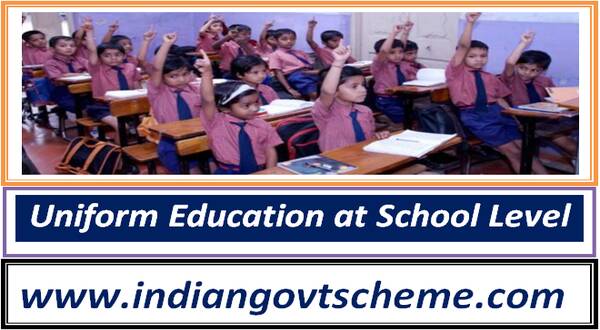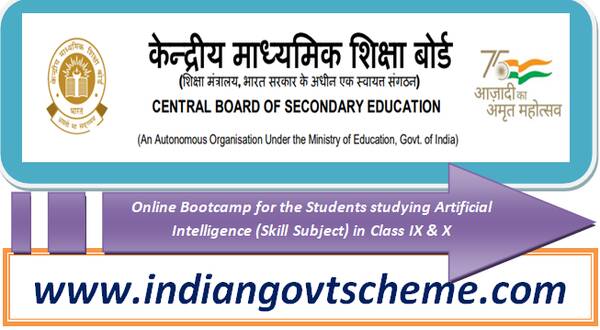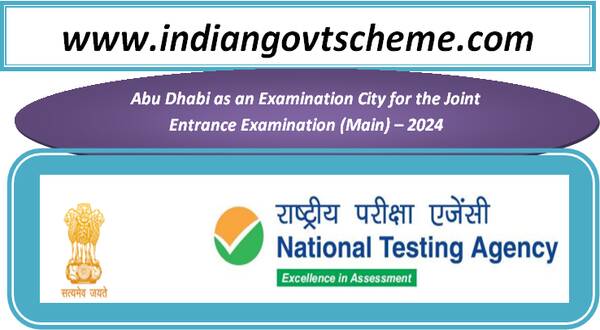Uniform Education at School Level
GOVERNMENT OF INDIA MINISTRY OF EDUCATION
DEPARTMENT OF SCHOOL EDUCATION & LITERACY
LOK SABHA UNSTARRED QUESTION NO- 211
ANSWERED ON 22/07/2024
Uniform Education at School Level
211. SHRI BHAUSAHEB RAJARAM WAKCHAURE:
Will the Minister of EDUCATION be pleased to state:
(a) whether the Government has taken proposes to be taken any steps to provide uniform education to all children by nationalizing school level education upto class 12th;

(b) if so, the details thereof; and
(c) the details on the progress made in this regard so far?
ANSWER
MINISTER OF STATE IN THE MINISTRY OF EDUCATION
(SHRI JAYANT CHAUDHARY)
(a) to (c): The National Education Policy (NEP) 2020 was announced on 29th July, 2020. It is the first education policy of the 21st century and founded on the five guiding pillars of Access, Equity, Quality, Affordability and Accountability. NEP 2020 envisions a massive transformation in school education through– “an education system rooted in Indian ethos that contributes directly to transforming India, that is Bharat, sustainably into an equitable and vibrant knowledge society, by providing high quality education to all, thereby making India a global knowledge superpower.” The salient features of NEP 2020 in the context of School Education are as follows:
- i. Ensuring Universal Access at All Levels of schooling from pre-primary school to Grade 12;
- ii. Ensuring quality early childhood care and education for all children between 3-6 years;
- iii. New Curricular and Pedagogical Structure (5+3+3+4);
- iv. No hard separations between arts and sciences, between curricular and extra-curricular activities, between vocational and academic streams;
- v. Establishing National Mission on Foundational Literacy and Numeracy;
- vi. Emphasis on promoting multilingualism and Indian languages; The medium of instruction until at least Grade 5, but preferably till Grade 8 and beyond, will be the home language/mother tongue/local language/regional language;
- vii. Setting up of a new National Assessment Centre, PARAKH (Performance Assessment, Review, and Analysis of Knowledge for Holistic Development);
- viii. Equitable and inclusive education – Special emphasis given on Socially and Economically Disadvantaged Groups (SEDGs);
- ix. A separate Gender Inclusion fund and Special Education Zones for disadvantaged regions and groups;
- x. Robust and transparent processes for recruitment of teachers and merit-based performance;
- xi. Integration of Vocational Education programs into mainstream education;
- xii. Ensuring availability of all resources through school complexes and clusters;
- xiii. Setting up of State School Standards Authority (SSSA).
NEP 2020 envisages that the extant 10+2 structure in school education be modified with a new pedagogical and curricular restructuring of 5+3+3+4 covering ages 3-18. Accordingly, the curricular and pedagogical structure and the curricular framework for school education shall be guided by a 5+3+3+4 design, consisting of the Foundational Stage (3 years of Anganwadi/pre- school + 2 years in primary school in Grades 1-2; both together covering ages 3-8), Preparatory Stage (Grades 3-5, covering ages 8-11), Middle Stage (Grades 6-8, covering ages 11-14), and Secondary Stage (Grades 9-12 in two phases, i.e., 9 and 10 in the first and 11 and 12 in the second, covering ages 14-18).
Additionally, the National Curriculum Framework for the Foundational Stage and National Curriculum Framework for School Education has been launched by the Department of School Education and Literacy. These are the first ever integrated Curriculum Frameworks for children between ages 3-18 in India and it is a direct outcome of the 5+3+3+4 ‘curricular and pedagogical’ structure that NEP 2020 has come out with for School Education. Based on these National Curriculum Frameworks, textbooks for classes 1,2, 3 and 6 have also been prepared.
Further, Education is in the concurrent list of the Constitution and major responsibility of implementation of NEP 2020 following prescribed norms and standards falls under the domain of the States and UT Governments. Therefore, the implementation of the Policy requires multiple initiatives and actions, which are being taken up in a synchronized and systematic manner, by multiple bodies including Ministry of Education, State/UT Governments, State Departments of Education, Boards, the regulatory bodies of school education, NCERT, SCERTs and schools.
नोट :- हमारे वेबसाइट www.indiangovtscheme.com पर ऐसी जानकारी रोजाना आती रहती है, तो आप ऐसी ही सरकारी योजनाओं की जानकारी पाने के लिए हमारे वेबसाइट www.indiangovtscheme.com से जुड़े रहे।


